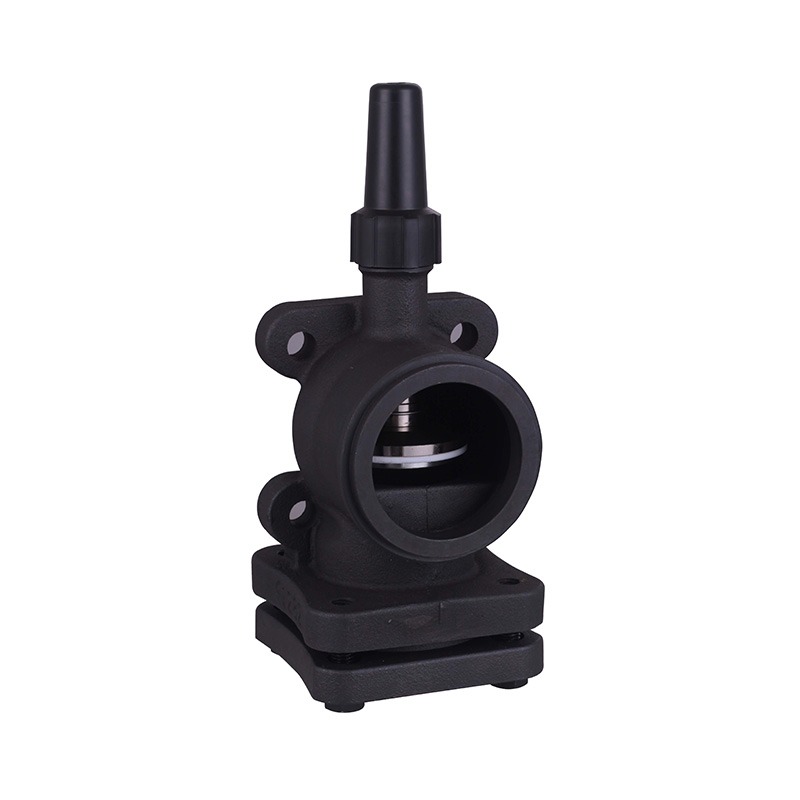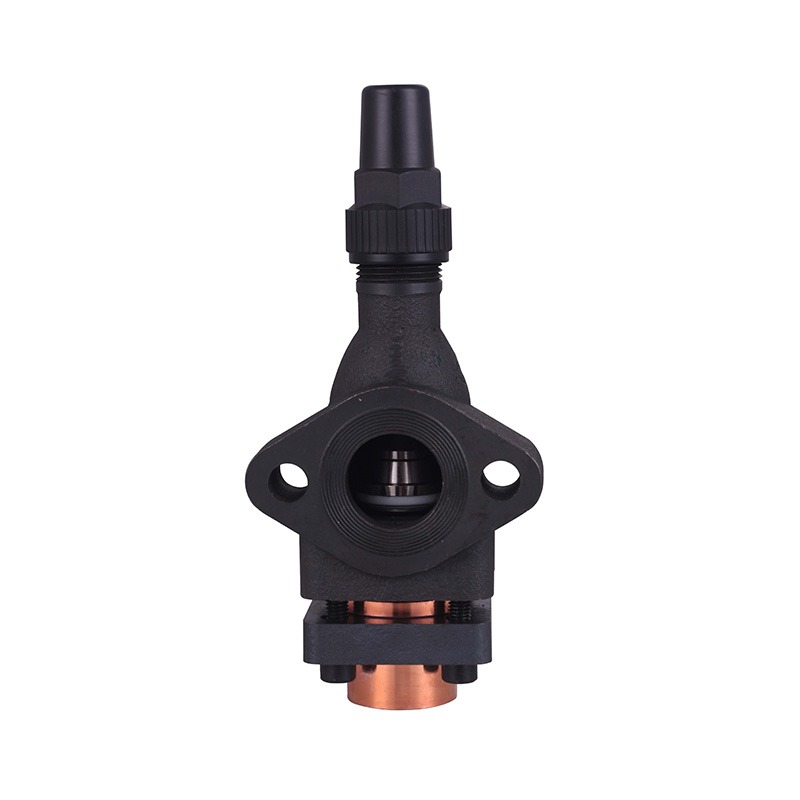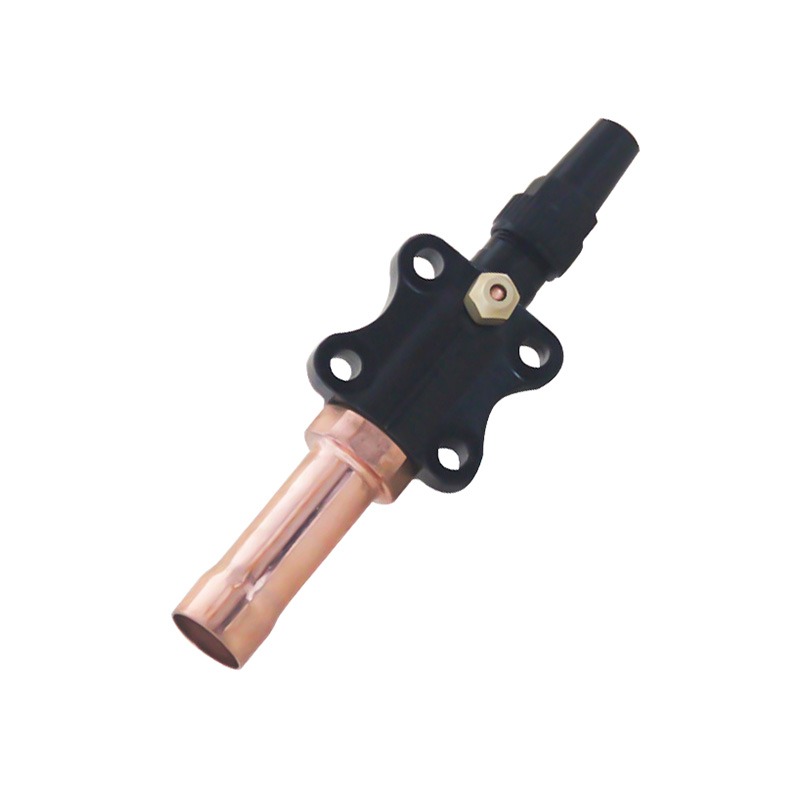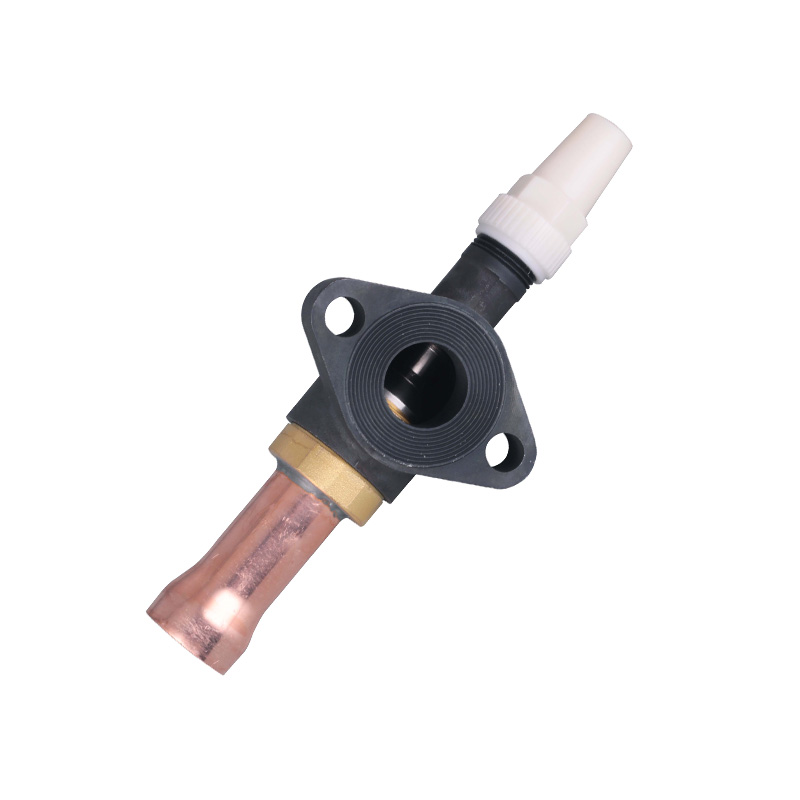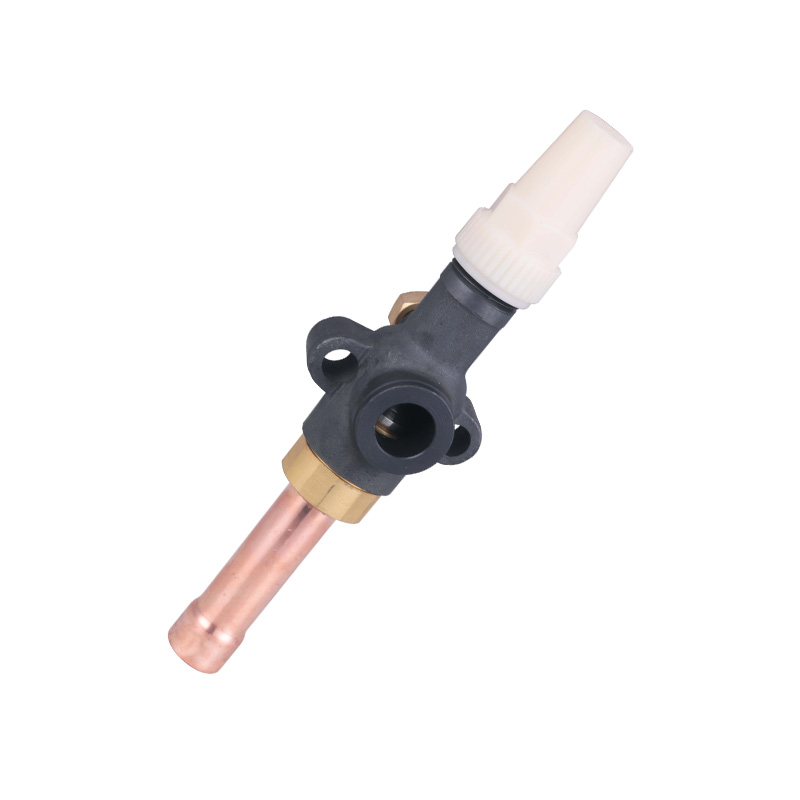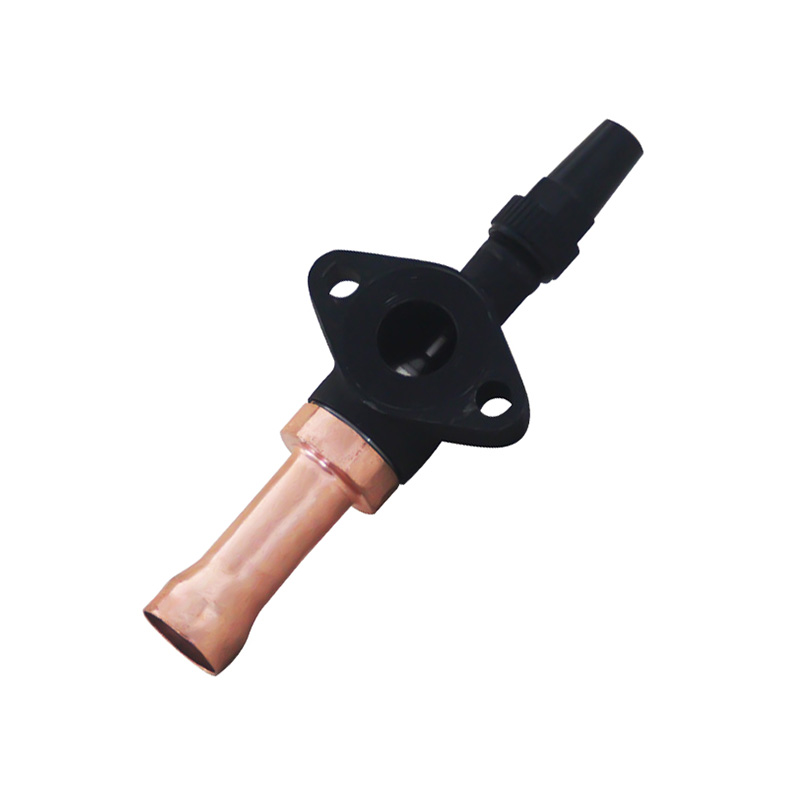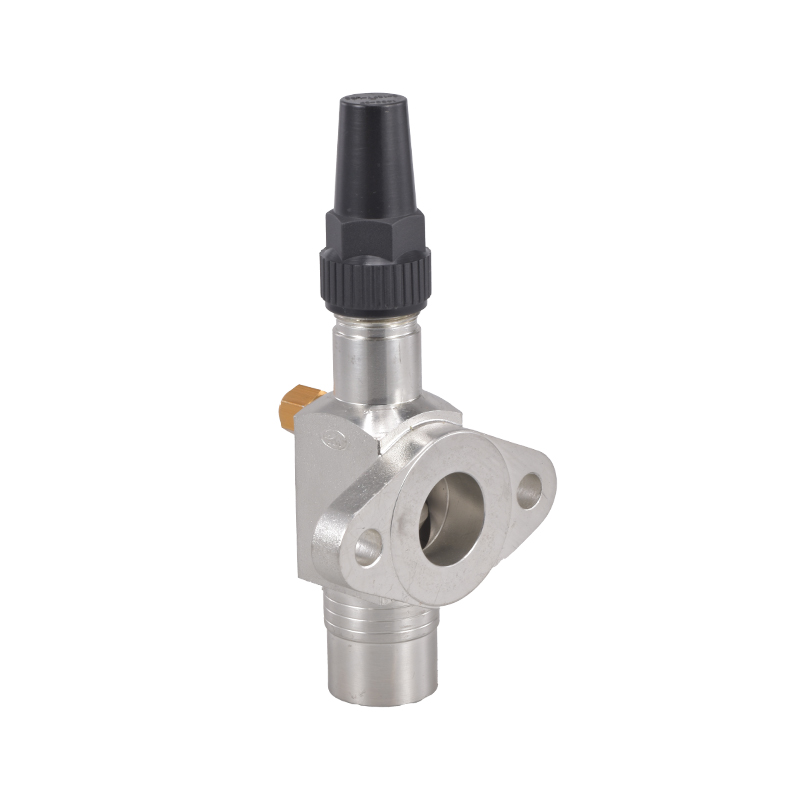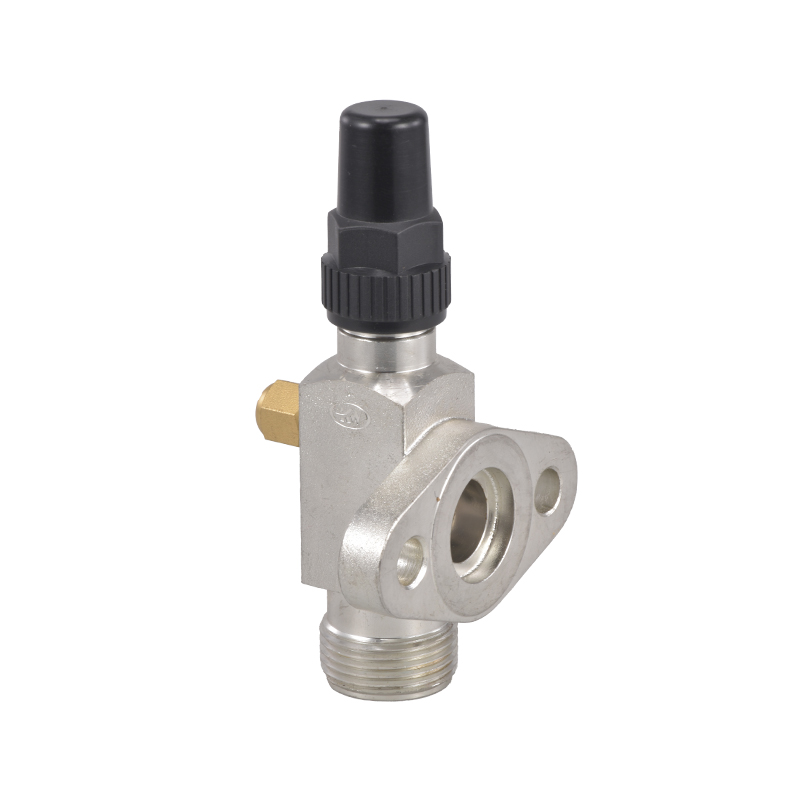Testing and Recovery: Essential Steps in Refrigerant Management
 By Admin
By Admin
Proper refrigerant management has become increasingly critical as environmental regulations tighten and HVAC systems grow more complex. Two fundamental processes—testing and recovery—form the backbone of responsible refrigerant handling. Whether using a refrigerant test kit to analyze system health or an ac recovery kit to safely remove refrigerants, these procedures protect both equipment and the environment while ensuring regulatory compliance.
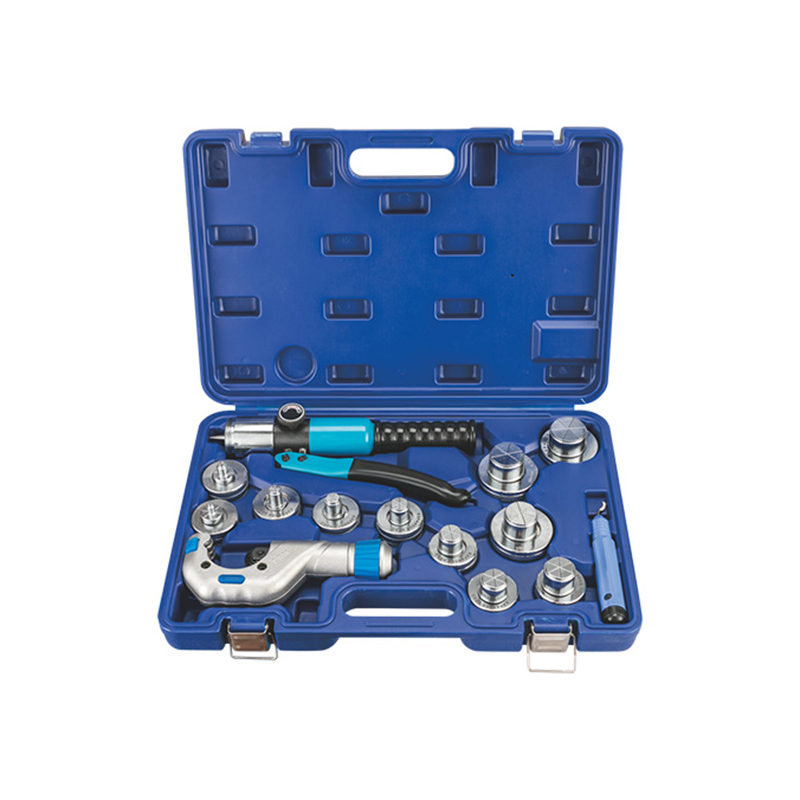
The Importance of Refrigerant Testing
Before any service or recovery begins, technicians should assess the refrigerant's condition using a reliable refrigerant test kit. These kits help identify:
- Contamination levels (moisture, acids, or non-condensable gases)
- Refrigerant type and purity (critical for systems with mixed or reclaimed refrigerants)
- System leaks (preventing unnecessary refrigerant loss)
A high-quality refrigerant test kit can detect problems early, allowing technicians to address issues before they cause compressor failure or efficiency losses. Testing is particularly important when reusing recovered refrigerant, as even small impurities can damage sensitive components.
The Role of Recovery in Refrigerant Management
Once testing is complete, proper recovery ensures refrigerants are safely removed without venting. A refrigerant recovery kit allows technicians to:
- Extract refrigerant before repairs or decommissioning
- Store it properly for reuse or recycling
- Prevent emissions that contribute to environmental harm
Modern ac recovery kit systems have evolved to be more efficient, with features like auto-shutoff, digital gauges, and oil separation to maintain refrigerant purity. Recovery isn't just a regulatory requirement—it's a cost-saving measure, as reclaimed refrigerant can often be reused after proper filtration.
Practices for Testing and Recovery
1. Test Before Recovery
Using a refrigerant test kit before extraction helps determine if the refrigerant is worth recovering. Severely contaminated refrigerant may need disposal rather than recycling.
2. Choose the Right Equipment
- For small HVAC systems, a portable ac recovery kit may suffice.
- Larger commercial systems may require a heavy-duty refrigerant recovery kit with higher capacity and faster recovery rates.
3. Follow EPA and Local Regulations
Recovery procedures must comply with EPA Section 608 (in the U.S.) or equivalent international standards. Proper documentation ensures legal compliance.
4. Maintain Equipment Regularly
- Calibrate refrigerant test kit sensors periodically.
- Check hoses and seals on refrigerant recovery kit units for leaks.
The Future of Refrigerant Handling
As refrigerants like R-454B and R-32 replace older options, testing and recovery processes must adapt. New ac recovery kit models are being designed to handle low-GWP (Global Warming Potential) refrigerants safely. Meanwhile, advanced refrigerant test kit technology is incorporating AI-driven diagnostics for faster, more accurate contamination detection.
Testing and recovery are not just regulatory checkboxes—they are essential for system longevity, efficiency, and environmental protection. Investing in a reliable refrigerant test kit and a high-quality refrigerant recovery kit ensures compliance while reducing operational costs. Whether servicing residential units with a compact ac recovery kit or managing large commercial systems, proper refrigerant management starts with these two critical steps.
By prioritizing testing before recovery and using the right tools, HVAC professionals can extend equipment life, minimize environmental impact, and stay ahead of evolving industry standards.




 English
English русский
русский Deutsch
Deutsch
